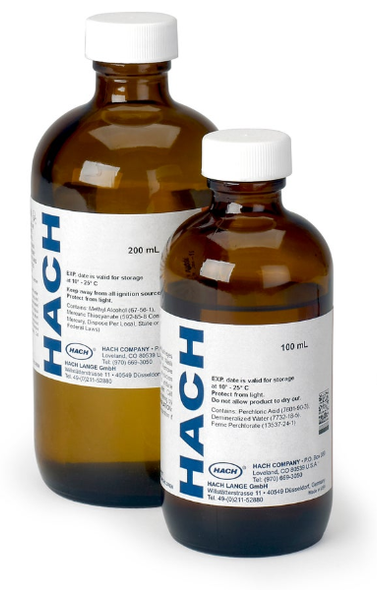Description
G-banding is the most widely used banding method for chromosome analysis. It is also known as GTG banding(G bands produced with trypsin and Giemsa). Prepared and aged slides are treated with the enzyme trypsin and then stained with Giemsa.
This produces a series of light and dark bands that allow positive identification of each chromosome. The dark bands are A-T rich, late replicating, heterochromatic regions of the chromosomes while the light bands are C-G rich, early replicating, euchromatic regions.
The G light bands are biologically more significant because they represent the active regions of the chromosomes while the G-dark bands contain relatively few active genes.
TCL122 is 0.025% Trypsin in Dulbecco's Phosphate Buffered Saline which removes proteins from the chromosomes, in order for banding to occur.












